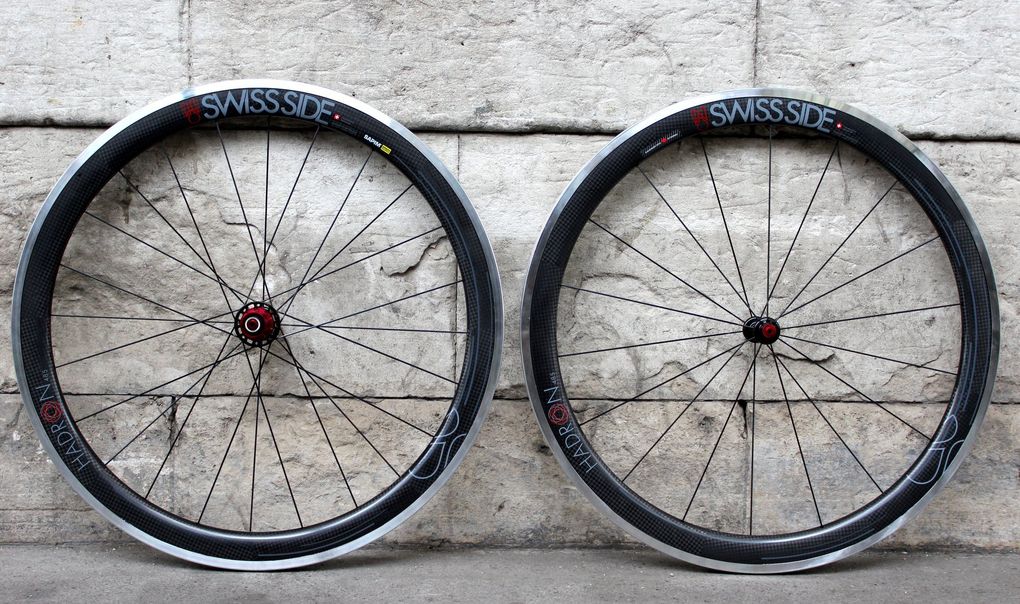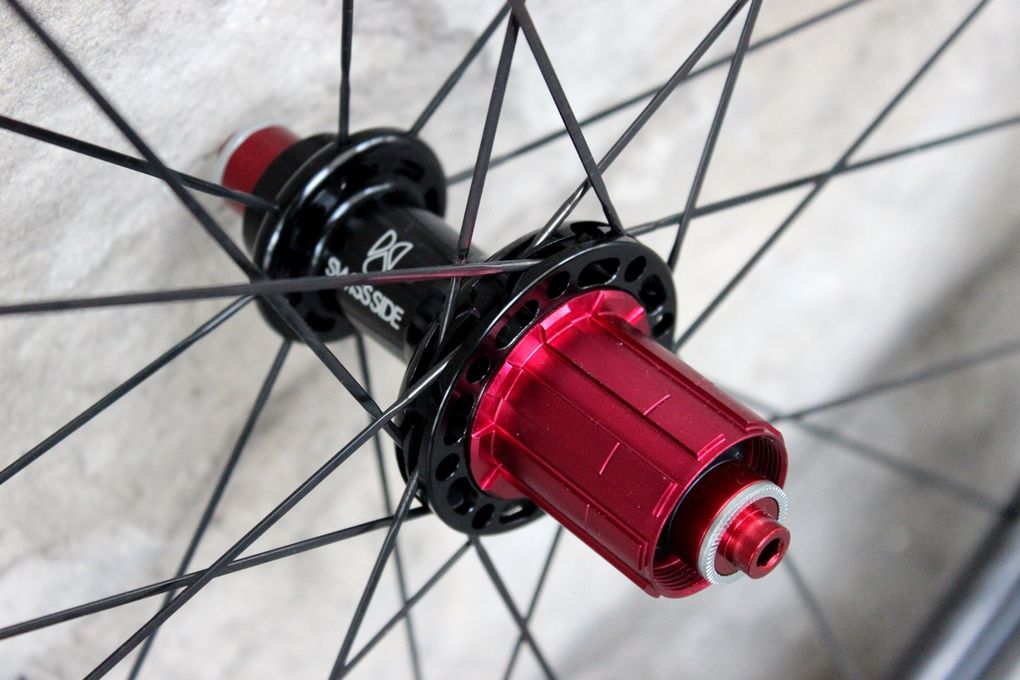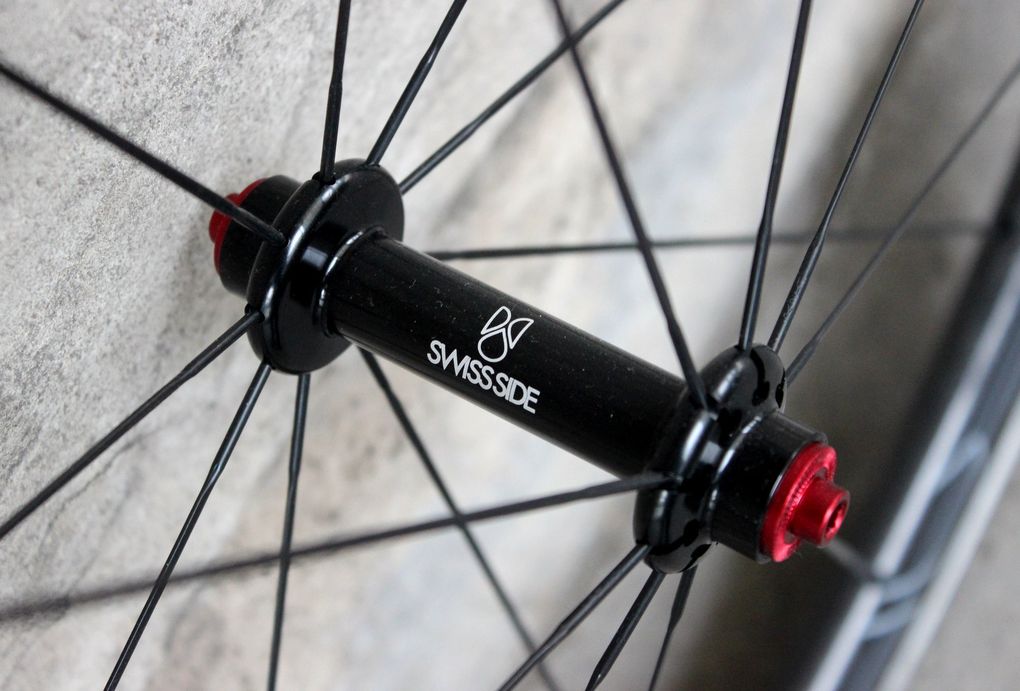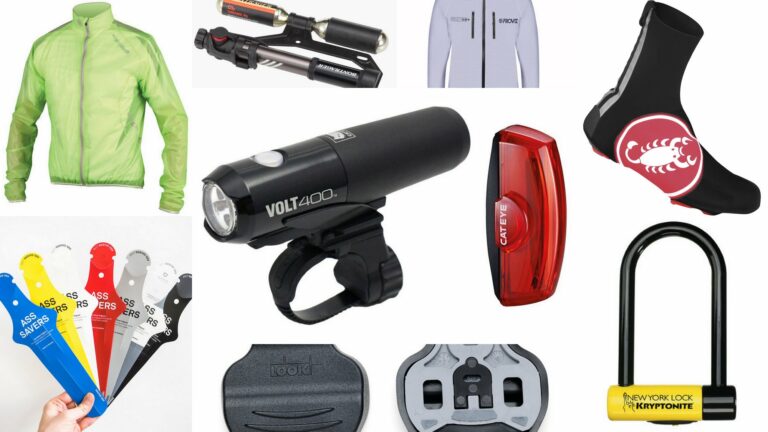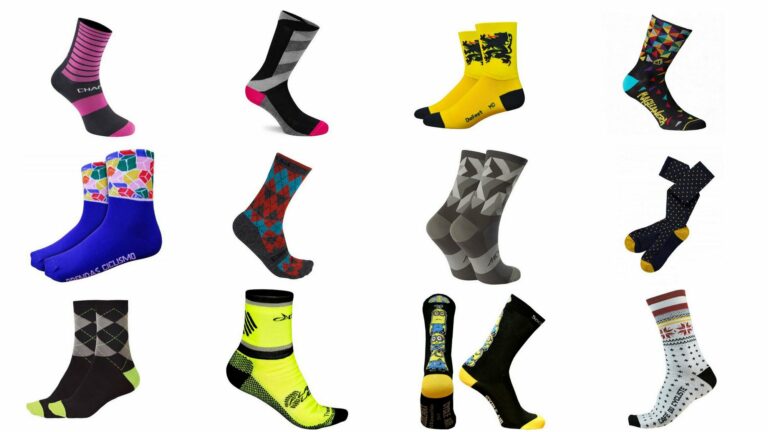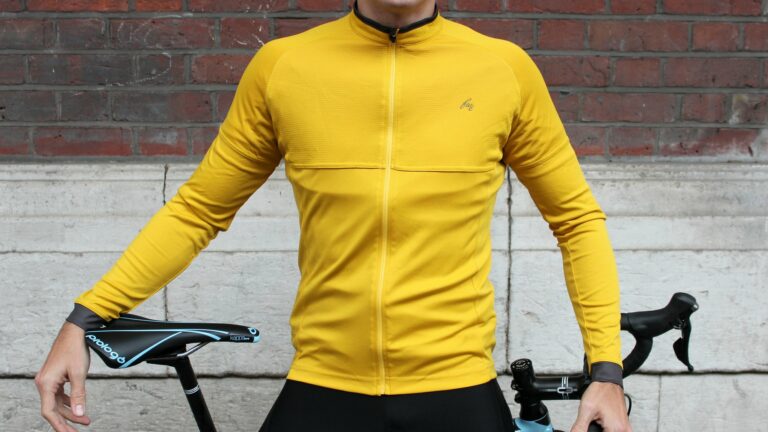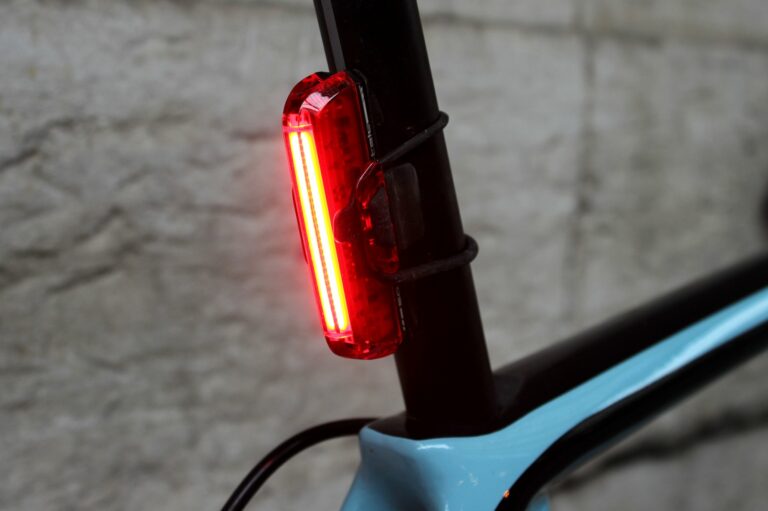Swiss Side’s latest addition to the Hadron line-up of aero wheels pick up from where the excellent 625 hoops we reviewed last year left off. Fast, aero and, due to the on-trend wide rim profile, the new Hadron 485 wheels behave impeccably (even when the wind doesn’t).
Stability is key when it comes to wheels and creating an aerodynamic rim is only half the battle. When deep-section wheels first made their way onto the bikes of the pro peloton – or affluent amateurs – they were vastly different to modern rims, both in the profile of the rim and the way they handled in windy weather.
Engineers now use wind-tunnel time to not only create fast rims that cut through the air, but which also don’t put the rider in a ditch when the wind picks up. Well, at least not all of the time. This is where the Hadron 485s excel. Essentially, it’s a 48.5mm-deep wheelset, with an aluminium braking track and non-structural carbon fibre fairing, and a rim width of 23mm at the braking track – but, as ever with these things, there’s more to it than that.
